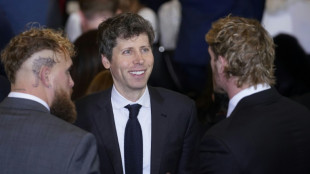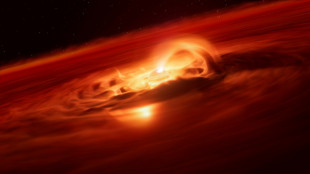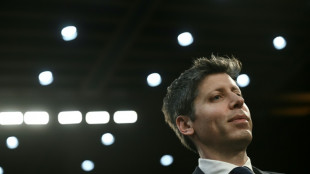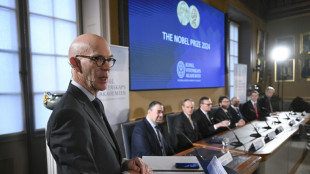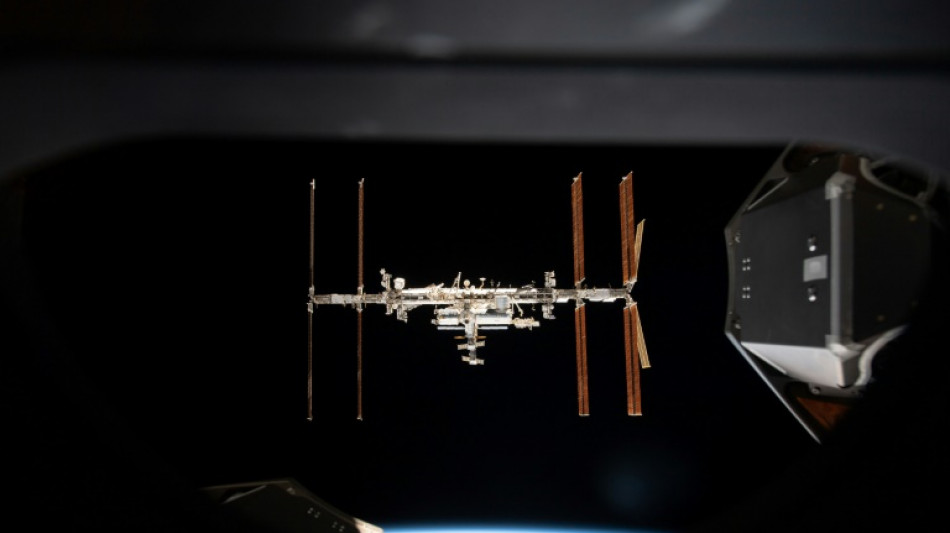
-
 Russian strikes kill five in Ukraine, cause power outages
Russian strikes kill five in Ukraine, cause power outages
-
World champion Marquez crashes out of Indonesia MotoGP
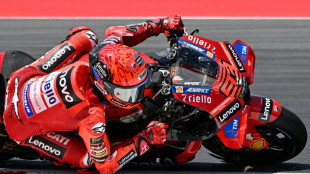
-
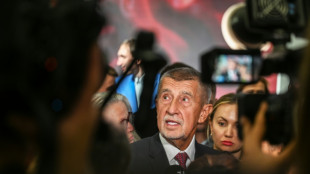 Babis to meet Czech president after party tops parliamentary vote
Babis to meet Czech president after party tops parliamentary vote
-
Death toll from Indonesia school collapse rises to 37
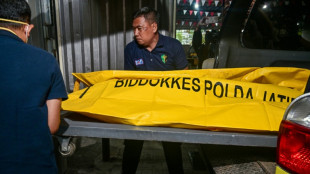
-
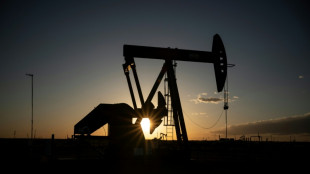 OPEC+ meets with future oil production hanging in the balance
OPEC+ meets with future oil production hanging in the balance
-
Dodgers down Phillies on Hernandez homer in MLB playoff series opener

-
 Philadelphia down NYCFC to clinch MLS Supporters Shield
Philadelphia down NYCFC to clinch MLS Supporters Shield
-
Syria selects members of first post-Assad parliament in contested process
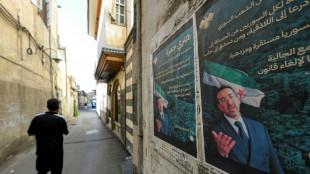
-
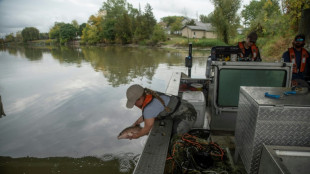 Americans, Canadians unite in battling 'eating machine' carp
Americans, Canadians unite in battling 'eating machine' carp
-
Negotiators due in Cairo for Gaza ceasefire, hostage release talks

-
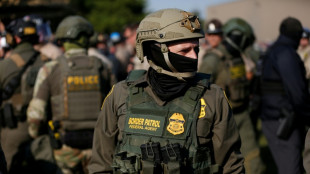 Trump authorizes troops to Chicago as judge blocks Portland deployment
Trump authorizes troops to Chicago as judge blocks Portland deployment
-
Wallabies left ruing missed chances ahead of European tour
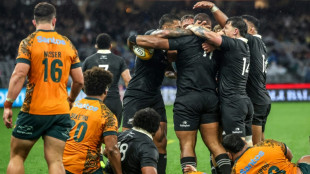
-
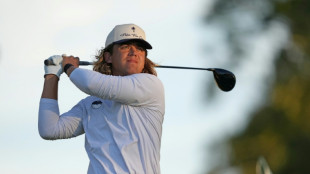 Higgo stretches PGA Tour lead in Mississippi
Higgo stretches PGA Tour lead in Mississippi
-
Blue Jays pummel Yankees 10-1 in MLB playoff series opener

-
 Georgia ruling party wins local polls as mass protests flare
Georgia ruling party wins local polls as mass protests flare
-
Depoortere stakes France claim as Bordeaux-Begles stumble past Lyon

-
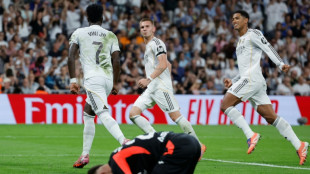 Vinicius double helps Real Madrid beat Villarreal
Vinicius double helps Real Madrid beat Villarreal
-
New museum examines family life of Mexican artist Frida Kahlo

-
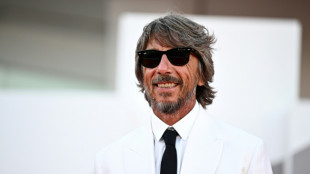 Piccioli sets new Balenciaga beat, with support from Meghan Markle
Piccioli sets new Balenciaga beat, with support from Meghan Markle
-
Lammens must be ready for 'massive' Man Utd scrutiny, says Amorim
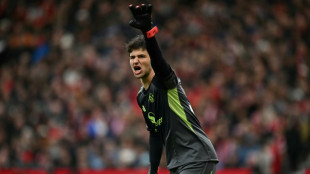
-
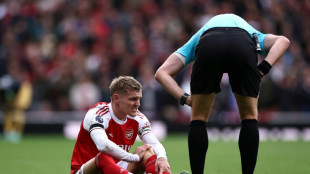 Arteta 'not positive' after Odegaard sets unwanted injury record
Arteta 'not positive' after Odegaard sets unwanted injury record
-
Slot struggles to solve Liverpool problems after third successive loss

-
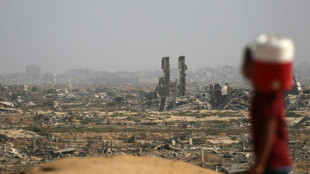 Netanyahu hopes to bring Gaza hostages home within days as negotiators head to Cairo
Netanyahu hopes to bring Gaza hostages home within days as negotiators head to Cairo
-
Ex-NFL QB Sanchez in hospital after reported stabbing
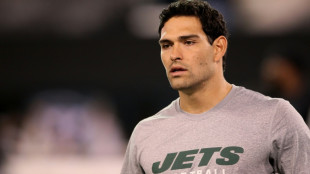
-
 Liverpool lose again at Chelsea, Arsenal go top of Premier League
Liverpool lose again at Chelsea, Arsenal go top of Premier League
-
Liverpool suffer third successive loss as Estevao strikes late for Chelsea
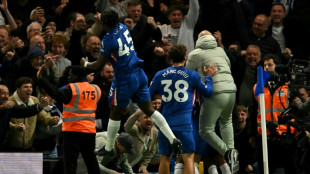
-
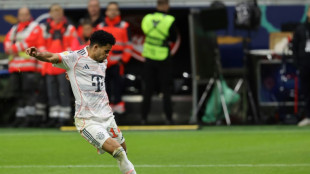 Diaz dazzles early and Kane strikes again as Bayern beat Frankfurt
Diaz dazzles early and Kane strikes again as Bayern beat Frankfurt
-
De Zerbi living his best life as Marseille go top of Ligue 1
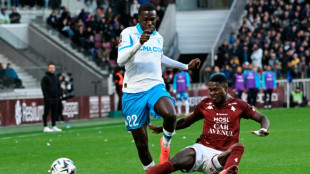
-
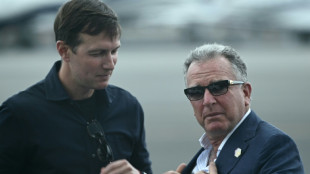 US envoys head to Mideast as Trump warns Hamas against peace deal delay
US envoys head to Mideast as Trump warns Hamas against peace deal delay
-
In-form Inter sweep past Cremonese to join Serie A leaders

-
 Kolisi hopes Rugby Championship success makes South Africa 'walk tall' again
Kolisi hopes Rugby Championship success makes South Africa 'walk tall' again
-
Ex-All Black Nonu rolls back the years again as Toulon cruise past Pau

-
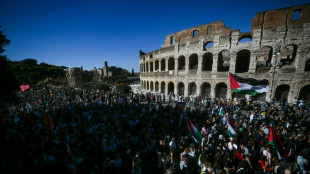 Hundreds of thousands turn out at pro-Palestinian marches in Europe
Hundreds of thousands turn out at pro-Palestinian marches in Europe
-
Vollering powers to European women's road race title
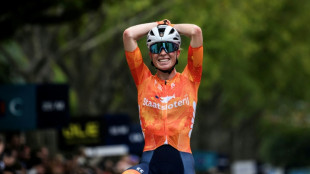
-
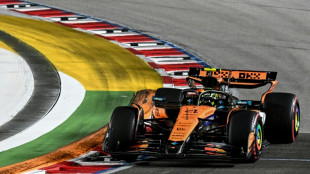 Struggling McLaren hit bump in the road on Singapore streets
Struggling McLaren hit bump in the road on Singapore streets
-
'We were treated like animals', deported Gaza flotilla activists say

-
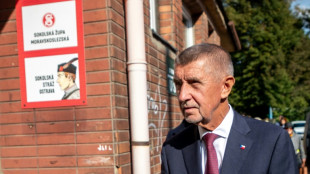 Czech billionaire ex-PM's party tops parliamentary vote
Czech billionaire ex-PM's party tops parliamentary vote
-
Trump enovys head to Egypt as Hamas agrees to free hostages
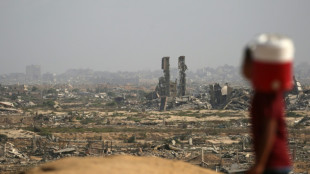
-
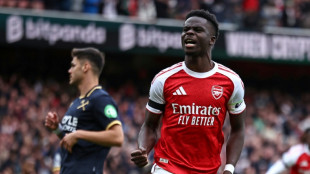 Arsenal go top of Premier League as Man Utd ease pressure on Amorim
Arsenal go top of Premier League as Man Utd ease pressure on Amorim
-
Thousands attend banned Pride march in Hungarian city Pecs

-
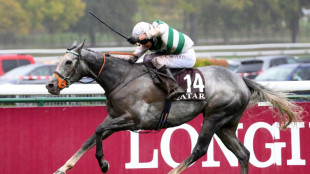 Consent gives Morris and Prescott another memorable Arc weekend
Consent gives Morris and Prescott another memorable Arc weekend
-
Georgian police fire tear gas as protesters try to enter presidential palace

-
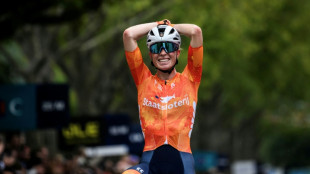 Vollering powers to European road race title
Vollering powers to European road race title
-
Reinach and Marx star as Springboks beat Argentina to retain Rugby Championship
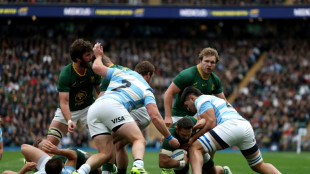
-
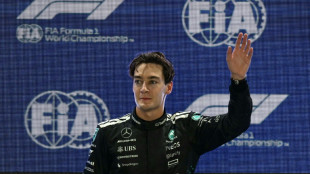 Russell celebrates 'amazing' Singapore pole as McLarens struggle
Russell celebrates 'amazing' Singapore pole as McLarens struggle
-
Czech billionaire ex-PM's party leads in parliamentary vote
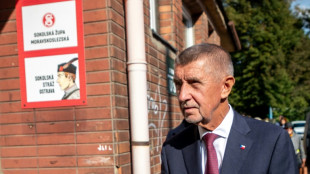
-
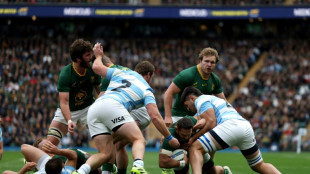 South Africa edge Argentina to retain Rugby Championship
South Africa edge Argentina to retain Rugby Championship
-
'Everyone's older brother': Slipper bows out in Wallabies loss

-
 Thousands rally in Georgia election-day protest
Thousands rally in Georgia election-day protest
-
Sinner starts Shanghai defence in style as Zverev defies toe trouble
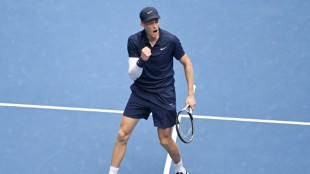

What happens to the human body in deep space?
Bone and muscle deterioration, radiation exposure, vision impairment -- these are just a few of the challenges space travelers face on long-duration missions, even before considering the psychological toll of isolation.
As US astronauts Butch Wilmore and Suni Williams prepare to return home after nine months aboard the International Space Station (ISS), some of the health risks they've faced are well-documented and managed, while others remain a mystery.
These dangers will only grow as humanity pushes deeper into the solar system, including to Mars, demanding innovative solutions to safeguard the future of space exploration.
- Exercise key -
Despite the attention their mission has received, Wilmore and Williams' nine-month stay is "par for the course," said Rihana Bokhari, an assistant professor at the Center for Space Medicine at Baylor College.
ISS missions typically last six months, but some astronauts stay up to a year, and researchers are confident in their ability to maintain astronaut health for that duration.
Most people know that lifting weights builds muscle and strengthens bones, but even basic movement on Earth resists gravity, an element missing in orbit.
To counteract this, astronauts use three exercise machines on the ISS, including a 2009-installed resistance device that simulates free weights using vacuum tubes and flywheel cables.
A two-hour daily workout keeps them in shape. "The best results that we have to show that we're being very effective is that we don't really have a fracture problem in astronauts when they return to the ground," though bone loss is still detectable on scans, Bokhari told AFP.
Balance disruption is another issue, added Emmanuel Urquieta, vice chair of Aerospace Medicine at the University of Central Florida.
"This happens to every single astronaut, even those who go into space just for a few days," he told AFP, as they work to rebuild trust in their inner ear.
Astronauts must retrain their bodies during NASA's 45-day post-mission rehabilitation program.
Another challenge is "fluid shift" -- the redistribution of bodily fluids toward the head in microgravity. This can increase calcium levels in urine, raising the risk of kidney stones.
Fluid shifts might also contribute to increased intracranial pressure, altering the shape of the eyeball and causing spaceflight-associated neuro-ocular syndrome (SANS), causing mild-to-moderate vision impairment. Another theory suggests raised carbon dioxide levels are the cause.
But in at least one case, the effects have been beneficial. "I had a pretty severe case of SANS," NASA astronaut Jessica Meir said before the latest launch.
"When I launched, I wore glasses and contacts, but due to globe flattening, I now have 20/15 vision -- most expensive corrective surgery possible. Thank you, taxpayers."
- Managing radiation -
Radiation levels aboard the ISS are higher than on the ground, as it passes through through the Van Allen radiation belt, but Earth's magnetic field still provides significant protection.
The shielding is crucial, as NASA aims to limit astronauts' increased lifetime cancer risk to within three percent.
However, missions to the Moon and Mars will give astronauts far greater exposure, explained astrophysicist Siegfried Eggl.
Future space probes could provide some warning time for high-radiation events, such coronal mass ejections -- plasma clouds from the Sun -- but cosmic radiation remains unpredictable.
"Shielding is best done with heavy materials like lead or water, but you need vast quantities of it," said Eggl, of University of Illinois Urbana-Champaign.
Artificial gravity, created by rotating spacecraft frames, could help astronauts stay functional upon arrival after a nine-month journey to Mars.
Alternatively, a spacecraft could use powerful acceleration and deceleration that matches the force of Earth's gravity.
That approach would be speedier -- reducing radiation exposure risks -- but requires nuclear propulsion technologies that don't yet exist.
Preventing infighting among teams will be critical, said Joseph Keebler, a psychologist at Embry-Riddle Aeronautical University.
"Imagine being stuck in a van with anybody for three years: these vessels aren't that big, there's no privacy, there's no backyard to go to," he said.
"I really commend astronauts that commit to this. It's an unfathomable job."
R.Buehler--VB

